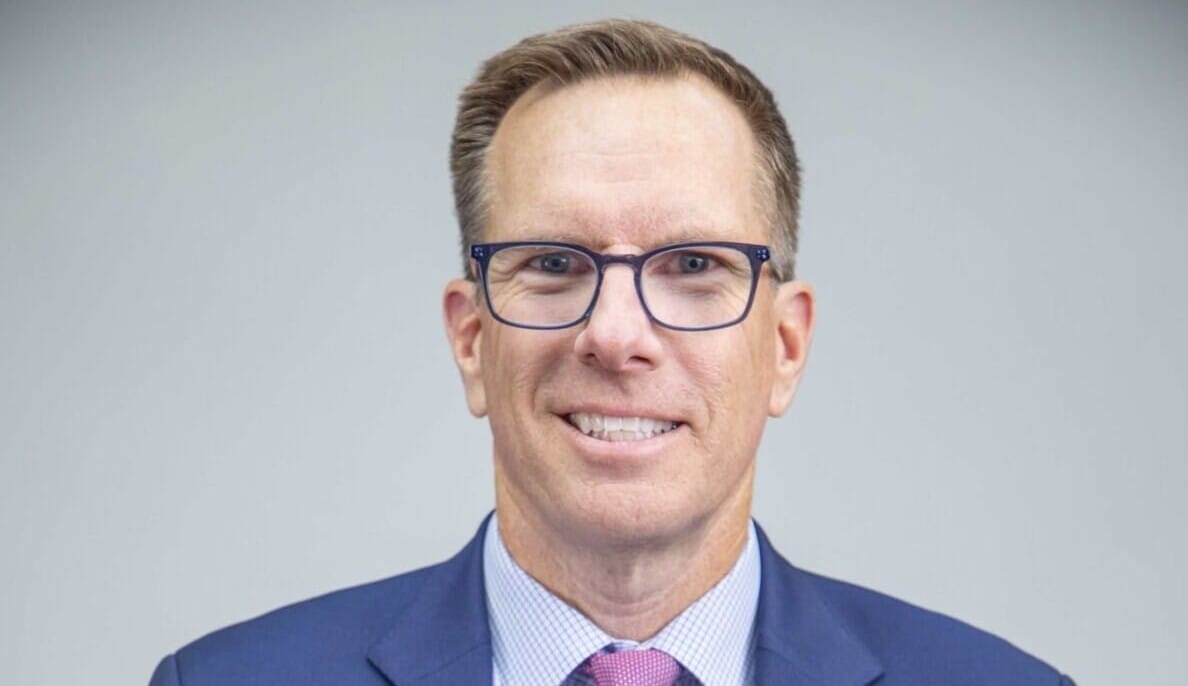University Pension Plan Ontario, the C$12.8 billion ($9.3 billion) plan that invests on behalf of five Ontario universities, doesn’t own many US treasury bonds, and the largest single exposure in the portfolio is Canadian.
But US policies under the second Trump administration have got CIO Aaron Bennett thinking differently about risks and opportunities in asset classes, and the team are incorporating different scenarios into their modelling and analysis.
The threat of additional taxes on foreign holdings of US assets outlined in Trump’s “big, beautiful tax bill” could drive some asset prices lower, for example.
Elsewhere, new investment opportunities have emerged in the rest of the world off the back of US policy like Germany’s “whatever it takes” plan to increase defence spending and overhaul German infrastructure, financed by the largest economic stimulus in decades.
Closer to home, UPP is already investing in Canada’s own nation-building projects, particularly in renewables.
“We are stress testing hard and thinking about wider risks and opportunities from the current US administration’s polices, and being careful about investments priced in such a way that reflects incremental risk,” Bennett tells Top1000Funds.com.
UPP has just posted its second consecutive double-digit return (10.3 per cent) and the strategy at the fund that was set up in 2021 shares many of the hallmarks of the Maple 8. Governance is independent and arms-length; there is a keen focus on purpose as well as a risk approach, rather than a dollar allocation approach, to investment. Indicative of UPP’s high allocation to private markets and direct participation models in the quest for low to no fees, the investor has also committed over C$1 billion to new private market strategies since 2022.
Yet unlike its much larger Canadian peers, UPP has much less internal investment and prides itself on tapping niche strategies, sometimes investing as little as C$100 million in a new fund commitment and a co-investment of just C$10-15 million.
A focus on active management
UPP currently has around 35-40 per cent of the portfolio across public and private markets in active strategies.
Bennett believes active managers performed well during the recent market volatility, successfully navigating sector concentration, accumulating cash and waiting for the opportunity to buy back into the market.
“We pay fees for additional return, additional diversification and risk management. It paid off during the recent market volatility when active managers were very well positioned.”
But he’s keen to fine-tune active management to ensure UPP “gets paid” for active performance in excess of the benchmark given the cost of active management. “Sometimes you can end up paying a lot more in fees if you are not careful,” he says.
UPP will increasingly allocate to managers that want to get paid to beat their benchmark with a performance fee, rather than a management fee. “We’ve moved a number of large active managers over to fee schedules that are more focused on getting paid when they do what we expect them to do – which is beat the benchmark.”
As UPP’s assets under management have grown and more pension funds have joined the investor has merged around 22 different benchmarks. Today those benchmarks are consolidated into one benchmark for each asset class. They are reviewed every year to ensure they make sense from an overall asset allocation and risk management position, and Bennett reflects that “by and large” they do the job.
For example, inflation-sensitive assets comprising real estate and infrastructure are typically benchmarked to inflation. “In infrastructure and real estate, we are focused on finding assets that have cash flows, value and distributions which are correlated to inflation over time, so a CPI+ benchmark is sensible.”
Still, looking ahead he is considering the benchmark for private credit. “Private credit is an evolving space, and the benchmark should be aligned to strategy. Overtime we might change the benchmark to better suit our criteria.”
A cautious approach to internal management
Internalisation of the investment process to foster greater control, transparency and lower costs is being built out slowly and Bennett describes a lean and efficient investment team with “every person counting.” To date, he has concentrated on the basics, internalising currency hedging and derivatives, and some passive equity and fixed income.
Looking ahead, he wants to manage UPP’s cash exposure to money market funds and build out fixed income and derivative in-house management to support total fund risk management internally, spanning leverage and overlay strategies.
“This way we can manage risk at the top of the house, while actively deploying externally to asset classes.”
He is confident UPP will be able to draw top talent as it expands despite Canada’s competitive market. He says staff are attracted to the organisation because of the opportunity to build something from scratch, as well as the investor’s forecast growth as more university plans decide to partner with UPP.
Another draw to talent is UPP’s modern appeal. “We have established investment beliefs in the context of a modern world. For example, we have a clear view of responsible investment and are not having to integrate a programme around change management.”
He adds that DEI at the investor where two women (CEO and board chair) occupy senior roles encourages the belief that people can grow their careers. “Young professionals can see themselves reflected in senior management at UPP in a way that might not be the case at other organisations. Talent recruitment and retention remains a focus and this has made it easier for us.”
Bennett is also focused on growing the allocation to climate solutions where UPP has already poured C$650 million, on track to have invested $1.2 billion globally by 2030.
Strategy is shaped around being careful not to invest in assets heavily reliant on, or that require, subsidies from governments. Diversity is ensured by a global approach that spans different tech, countries and regulatory regimes, he concludes.


